PHUKET: Remains found in mangrove swamps north of Phuket are likely to ignite greater alarm in Thailand at the extent and brutality of human trafficking across the country.
One body dug from a pit in a disused traffickers' camp on an island in Phang Nga province yesterday is believed to be that of a woman who was in an advanced stage of pregnancy, according to forensic police at the scene.
A skull and bones found on a sandy beach in the same district is all that remains of a Rohingya man who was allegedly tied to a tree at the spot and left to drown with the high tide.
Local police said the finding of the man's bones proved nothing and there was no established connection with human traffickers on the Andaman coast.
Thailand's media, however, is likely to continue to ask questions about links between the bodies found at and near abandoned traffickers' camps on Thailand's holiday coast and more than 30 bodies found in the past few days at camps in southern Thailand, near the border with Malaysia.
For years it has been claimed that outlaw police and other authorities, acting with local ''brokers,'' have helped to transport thousands of Rohingya and Bangladeshi boatpeople from the arrival camps on Thailand's Andaman coast to departure camps in southern Thailand.
Although the journey is several hundred kilometres by road, trucks illegally carrying trafficking victims have usually only been detected if they happened to crash.
News crews from the BBC and Phuketwan joined rescue workers and a large national media delegation at the two sites north of Phuket in Takuapa district where human remains were found yesterday.
Thailand has faced international condemnation and been relegated to the lowest level of the US State Department's influential Trafficking in Persons report for failing to act against trafficking networks.
In recent years, thousands of displaced people from Myanmar (Burma) and Bangladesh have been funneled through Thailand and held in camps in two parts of the country, with hundreds of kilometres between them.
The bodies and skeletal remains now being uncovered at both ends of the pipeline bear testimony to the claims of survivors that torture, beatings, rape and murder have for years routinely been the treatment meted out to boatpeople refugees in Thailand.
In Songkhla province, five more bodies have now been found at a second camp near a camp where 26 bodies were recovered over the weekend.
Further investigation at an estimated 45 Andaman island camps in Phang Nga and an estimated 60 camps in the jungles of Songkhla and neighboring provinces can be expected to turn up more bodies.
Thailand's Trafficking Explained
Phuketwan Investigative reporter Chutima Sidasathian, still being sued for criminal defamation over a Reuters paragraph, explains the trade in people: ''It's worse and worse, day by day. Nobody cares''.
http://journeyman.tv/67116/short-films/rohingya-hd.html
At the scene: BBC's Jonathan Head, Phang Nga
I HAD BEEN in these mangrove swamps before, looking for the camps where distraught Rohingyas and Bangladeshis told us they had been held in dreadful conditions. Now we were back to find out who had not survived.
On another island, scattered human bones lay under the mangrove roots on the beach. There were clear signs large numbers of people had lived here - rusting food cans, mouldering shoes and threadbare tarpaulins.
The Thai authorities have known about these camps for years.
Local communities are paid off to keep quiet, or their young men employed as guards.
Police and other officials get their cut of a business where traffickers pay $20,000 or more for a boatload of migrants, then try to recoup the cost by demanding big ransoms from their families.

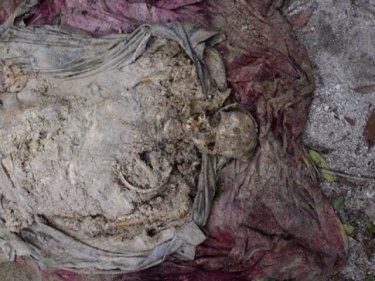






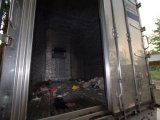

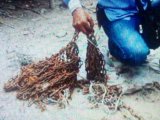
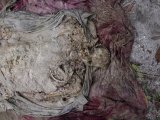

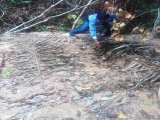
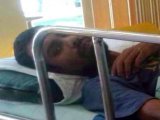
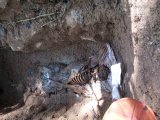



Dear Ed
There is increasing evidence that the world has only seen the very tip of the iceberg.
The comments from the local police seem to be an echo of comments made after Nazi concentration camps were uncovered.
The journalists and rescue workers who attended the scene yesterday have my greatest respect.
How did the grisly images affect the people who were there yesterday?
Ian Yarwood
Solicitor - Perth, Western Australia
Posted by Ian Yarwood on May 6, 2015 08:06
Editor Comment:
The rescue crew were mostly very young, females as well as males, in their teens probably in some cases. The forensic police, including two female officers, were not that much older. I would say the discovery of the body and then the realisation by police that she was probably pregnant at the time of death affected everyone there. It's a lonely place to die, unnoticed. The bones at the other site appeared to have been there for some time. Locals must have known about that case for some time . . . drowning at high tide is a horrifying end to a harrowing existence.